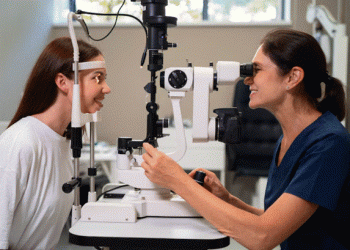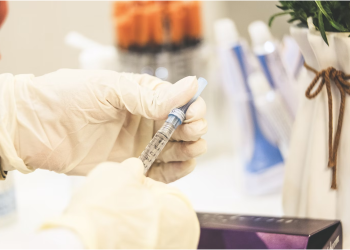The safety and regulation of health creams are critical components of the skincare and cosmetic industries. Governments and regulatory bodies worldwide implement stringent guidelines to ensure that these products are safe for consumer use and accurately labeled. Here’s an in-depth look at the safety and regulatory landscape that governs health creams:
Regulatory Bodies and Guidelines:
In the United States, the Food and Drug Administration (FDA) oversees the regulation of health creams under the Federal Food, Drug, and Cosmetic Act. This act requires that products be safe under labeled or customary conditions of use and properly labeled. Similarly, in the European Union, health creams are regulated under the EU Cosmetics Regulation, which mandates that all cosmetic products be safe for human health when used under normal or reasonably foreseeable conditions.
Ingredient Review and Approval:
The safety of ingredients is a cornerstone of product regulation. In the US, the FDA does not require approval for cosmetic ingredients, with the exception of color additives. However, manufacturers are responsible for ensuring the safety of their products and ingredients before they go to market. Conversely, in the EU, certain substances must be pre-approved before use, and there is a list of prohibited substances that cannot be used in cosmetic products.For CBD creams UK based, manufacturers must verify that the THC content is below 0.2% to comply with legal standards.
Clinical Testing and Safety Assessments:
Before launching a new health cream, manufacturers typically conduct extensive clinical testing. These tests evaluate the product’s efficacy and check for potential skin irritancy, allergic reactions, and other side effects. Safety assessments are performed by qualified professionals who review the toxicological profile of each ingredient, their concentrations, and the total exposure to consumers.
Labeling Requirements:
Accurate labeling is vital for the safety of health creams. Regulations require that products list all ingredients, usage instructions, and safety warnings. This transparency helps consumers make informed decisions and identify ingredients they may need to avoid due to allergies or sensitivities. For instance, labels must indicate the presence of allergens as defined by the EU Cosmetics Regulation. In the US, warnings about the potential presence of harmful substances must be clear.
Post-Market Surveillance:
Regulatory bodies also engage in post-market surveillance activities to monitor the safety of health creams once they are available to consumers. This involves tracking and reviewing consumer complaints and adverse reactions. Companies are required to report any serious adverse effects to regulatory authorities. This ongoing monitoring helps ensure that products continue to meet safety standards after they have entered the market.
International Standards and Harmonization:
As the cosmetics industry is globally interconnected, there is a push toward regulatory harmonization. Organizations such as the International Cooperation on Cosmetics Regulation (ICCR), which includes regulators from the US, EU, Japan, and Canada, work towards aligning international standards. This effort helps facilitate international trade while maintaining high safety standards.
Innovations in Regulation:
Advances in science and technology are continuously shaping regulatory practices. The use of in vitro methods and computer modeling for safety assessments is on the rise, reducing the reliance on animal testing while providing accurate safety data. Additionally, the increase in consumer awareness and demand for transparency has led to more stringent regulations on labeling, with a growing emphasis on disclosing all ingredients, including those in fragrances.
Ensuring the safety and compliance of health creams involves a complex framework of regulations and standards. Manufacturers must navigate these requirements diligently to provide products that are not only effective but also safe for consumers, thereby fostering trust and ensuring the continued success of their products in the market.







